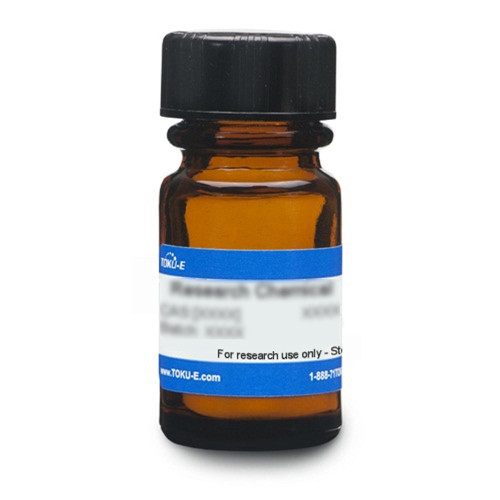Sulfamethizole is a broad-spectrum sulfathiazole antibacterial of the Sulfonamide class, used for the bacteria causing urinary tract infections. Acting as a synthetic analog of para-aminobenzoic acid (PABA), it competitively inhibits this compound, which is a substrate of dihydropteroate synthetase in the folic acid pathway. It is also a mammalian target of rapamycin (mTOR) inhibitor.
| Mechanism of Action | Sulfamethizole interferes with bacterial folic acid production, inhibiting a substrate of dihydropteroate synthetase named para-aminobenzoic acid (PABA). Thus, PABA is not incorporated into dihydrofolic acid, the immediate precursor to folic acid. This results in cell growth arrest and death. Other mechanisms affecting the folic acid pathway may be involved, as only only microorganisms that make their own folic acid are inhibited by sulfonamides. Animal cells and bacteria that can use folic acid precursors or preformed folic acid are not affected by sulfonamides. Sulfamethizole is also a mammalian target of rapamycin (mTOR) inhibitor, and this property was shown with homology modeling and verified via in vitro screening (Khanfar et al, 2013). |
| Spectrum | Effective against most Gram-positive and many Gram-negative bacteria. |
| Insect Biology Applications | Sulfonamides such as Sulfamethizole are applied by beekeepers to avoid/fight diseases of honeybees, and Sulfamethizole may be used as a reference standard to screen honey samples for antibiotic remnants. Authors used a rapid, effective method, ultra-performance liquid chromatography–tandem mass spectrometry (UPLC–MS/MS)(Kivrak et al, 2016). |
| Molecular Formula | C9H10N4O2S2 |
| Solubility | Slightly soluble in methanol, DMSO, DMF, and warm water. |
| References | Kerrn M, Frimodt-Møller N, and Espersen F (2003) Effects of Sulfamethizole and Amdinocillin against Escherichia coli strains (with various susceptibilities) in an ascending urinary tract infection mouse model. Antimicrob. Agents Chemother. 7(3):1002-1009. PMID 12604534 Kivrak I, Kivrak S and Harmandar (2016) Development of a rapid method for the determination of antibiotic residues in honey using UPLC-ESI-MS/MS. Food Sci. and Technol.36(1):90-96 Khanfar MA, AbuKhader MM, Alqtaishat S and Taha MO (2013) Pharmacophore modeling, homology modeling, and in silico screening reveal mammalian target of rapamycin inhibitory activities for sotalol, glyburide, metipranolol, sulfamethizole, glipizide, and pioglitazone. J. Molec. Graphics Mod. 42:39-49 PMID 23545333 Klauson D, Krichevskaya M, Borissova M, Preis S (2010) Aqueous photocatalytic oxidation of sulfamethizole. Environ.Technol. 31(14):1547-1555 PMID 21275251 Watanabe H and Hastings JW (1990) Inhibition of bioluminescence in Photobacterium phosphoreum by sulfamethizole and its stimulation by thymine. Biochim Biophys Acta. 1017(3): 229-234 PMID 2372557 |


